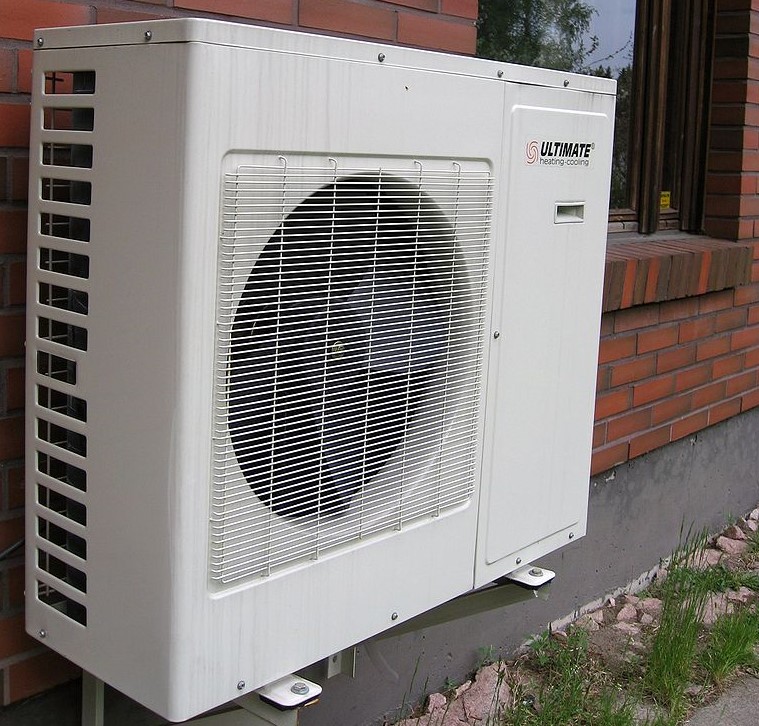From pv magazine Global
Researchers led by the Fraunhofer Institute for Solar Energy Systems (Fraunhofer ISE) in Germany have studied a residential heat pump (HP) installation coupled with PV, battery storage, and a smart grid-ready system.
“In-depth research is missing in terms of the impact of smart control on the dynamic performance efficiency of the heat pump,” the researchers said. “Extensive work needs to be done to analyse the effect of PV and battery units on the energy consumed by the heat pump by redefining the system boundaries of the PV-HP systems.”
Their analysis is based on a year of data from a single-family home in Freiburg, Germany. It uses a ground-source heat pump with a nominal capacity of 13.9 kW. The PV unit has a module area of 60 square meters and a nominal power rating of 12.3 kW. The battery has a capacity of 11.7 kWh. The system had to account for heating a living space of 256 square meters, as well as a domestic hot water (DHW) tank.
The heat pump of the setup has an SG-Ready label, which means it can communicate with the grid and adjust its own operations. In the context of this research, however, it was used to maximize the PV self-consumption by adjusting the heat pump operation based on available PV electricity.
“In the analysed system, the SG-Ready is configured to trigger the heat pump in boosted operation, whereby the space heating and DHW supply temperatures are increased,” the group explained. “The SG-Ready mode is activated when the battery is fully charged or is charging at its maximum power, and there is still a PV surplus available.”
This content is protected by copyright and may not be reused. If you want to cooperate with us and would like to reuse some of our content, please contact: editors@pv-magazine.com.








By submitting this form you agree to pv magazine using your data for the purposes of publishing your comment.
Your personal data will only be disclosed or otherwise transmitted to third parties for the purposes of spam filtering or if this is necessary for technical maintenance of the website. Any other transfer to third parties will not take place unless this is justified on the basis of applicable data protection regulations or if pv magazine is legally obliged to do so.
You may revoke this consent at any time with effect for the future, in which case your personal data will be deleted immediately. Otherwise, your data will be deleted if pv magazine has processed your request or the purpose of data storage is fulfilled.
Further information on data privacy can be found in our Data Protection Policy.